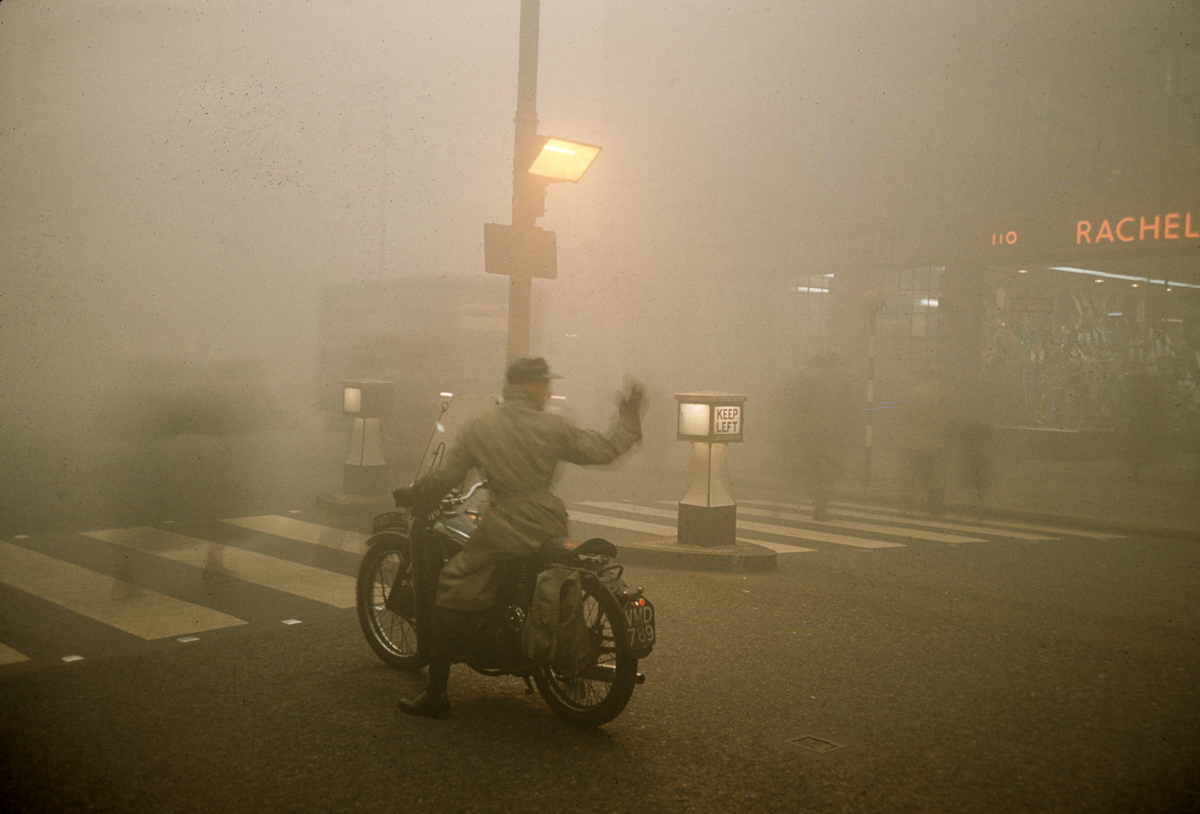

In the midst of this cold weather, a high-pressure system became stuck over the city due to an anticyclone. Renyi Zhang at Texas A&M University in the States, doing a study of similar effects in Chinese cities, discovered that “under naturally foggy conditions, sulfate will build up inside water droplets due to chemical reactions between sulfur dioxide and nitrogen dioxide.” The sulfate then makes the water particles in a fog denser as well as toxic, contributing to even hazier conditions than normal and transforming the water vapor into a deadly inhalant. While this sounds bad on its own, the weather in London during that first week of December made for deadly conditions that would trap all those pollutants within the city. The Met Office figures that, during the smog event, coal burning released 1,000 tonnes of smoke particles, 2,000 tonnes of carbon dioxide, 140 tonnes of hydrochloric acid, 14 tonnes of fluorine compounds, and 370 tonnes of sulfur dioxide. In addition to the smoke released from homes and offices, the coal-burning furnaces of factories and major power plants in Battersea, Fulham, Bankside, and Kingston Upon Thames contributed even more pollution. Post-war coal was notoriously low-grade with a higher sulfur content (higher quality coal at the time was exported), which in turn added to the sulfur dioxide in the smoke that went up the chimneys and into the London air. For weeks prior to the event, the city had experienced an unusual cold snap and businesses, and residents alike burned even more coal to keep warm. The smog that befell London had two root causes: man-made coal smoke and perfect weather conditions.

Henry Antoine Des Voeux’s paper “Smoke and Fog,” presented in 1905 at a meeting of the Public Health Congress. The term “smog” would not come to be used to describe this natural and man-made phenomenon until Dr. People became so used to the color that the building’s bricks were later painted black to maintain the look. The smoke and coal ash could be so thick at this time that it was known to change the color of buildings and even turned 10 Downing Street’s bricks from yellow to black. The first instances of smog were a result of the coal furnaces that began to appear in the 19th Century as a result of the Industrial Revolution.
#LONDON FOG 1952 SERIES#
Recently depicted in the original Netflix series The Crown, the smog was an even worse event for London than what was depicted on screen. It only lasted five days, but by the time it was through, the Great Smog would be responsible for injuring approximately 200,000 people and killing 12,000.

Under a perfect set of conditions, a combination of air pollution and fog combined into one of the worst ecological disasters of the 20th Century. Support great long from writing about UK Travel, Culture, and History by subscribing to the Anglotopia Print Magazine.Īs Christmas drew near in London in 1952, a strange phenomenon like something out of a Quatermass story became all too real for the city’s residents. Editor’s Note: This article originally appeared in Issue #6 of the Anglotopia Magazine in 2017.


 0 kommentar(er)
0 kommentar(er)
